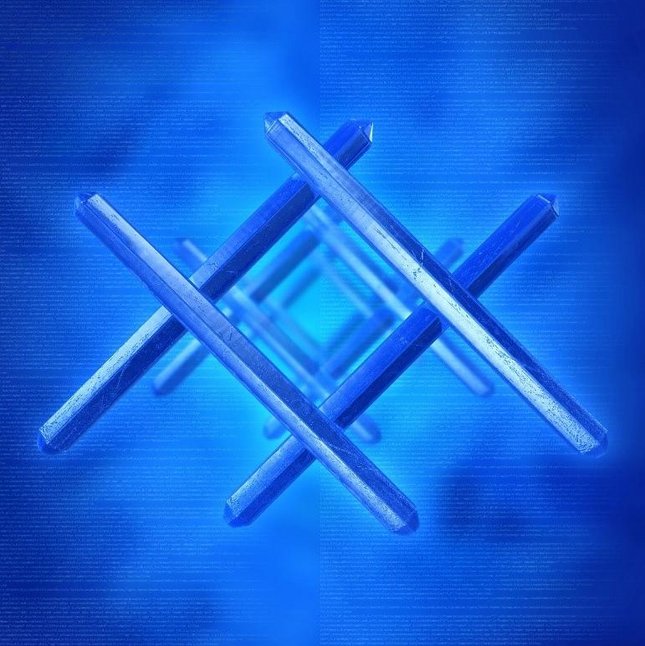
We aim to increase the coherence time of qubits, as a key enabler for a scalable quantum computer
The promise of quantum computation is that it has computational power beyond classical computers for specific problems. A quantum computer is based on quantum mechanical states, which are very fragile, and are sensitive for noise in the surroundings. This noise affects the quantum state, and leads to decoherence, the loss of the quantum information. Decoherence is the most important challenge for developing a scalable quantum computer. There are several ways of increasing the coherence time of a quantum bit, which all try to get as close as possible to complete isolation of the qubit from its surroundings, such that there is no disturbing noise, and effectively removing most important sources of decoherence.
We will explore three different routes to increase the qubit coherence time. Spin qubits are hosted in a material composed of atoms with no nuclear spin. This has led to minutes coherence times in isotopically purified SiGe. For ultracold atoms, this is done by keeping them in ultra-high vacuum and shielding them from external radiation. Another way of protecting quantum systems against noise by physical principles, is by using topological states. Topological surface states have been visualized, and the current challenge is to prove the existence of the entities, which carry the quantum information, the non-Abelian anyons.
In addition, we envision to use optical links to couple distant qubits coherently using our expertise in photonic integration. We have leading positions in the material science for spin and topological quantum bits and in the manipulation and control of cold atoms. This focus area is embedded in international academic and industrial networks and has strong ties with the Quantum Delta NL program.